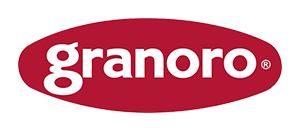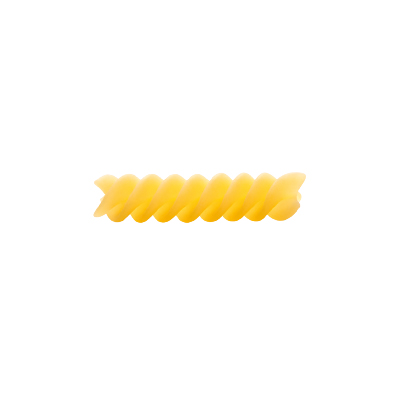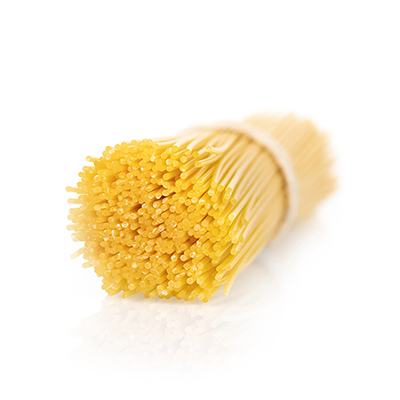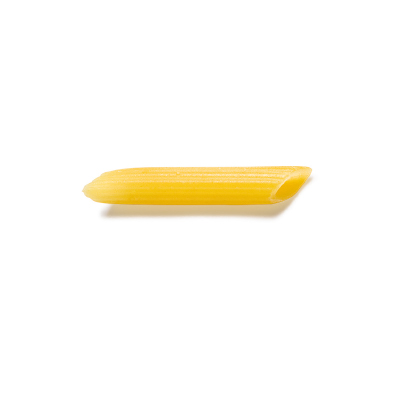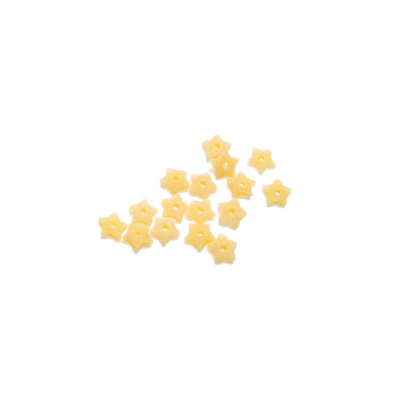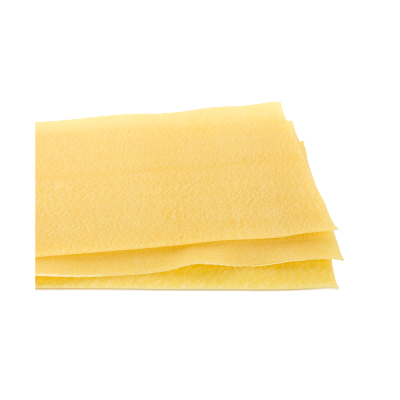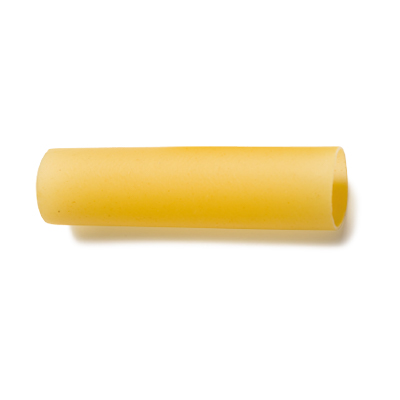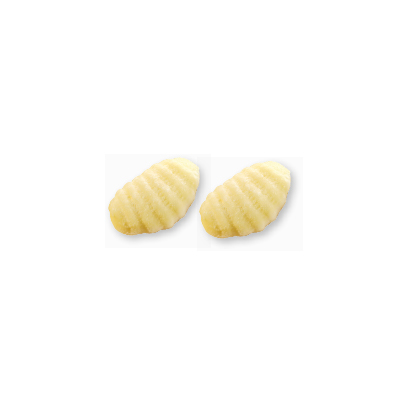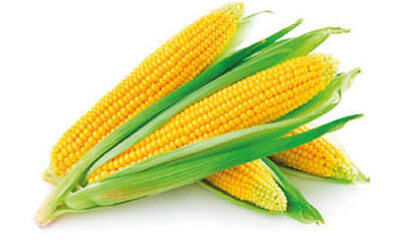Granoro Gluten Free pasta
Be free to eat with satisfaction
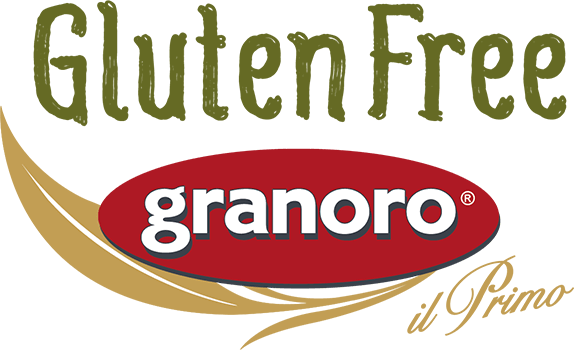



GlutenFree Granoro
The aroma and taste of the Granoro “GlutenFree” line are typical of corn, obtained from the component of rice flour and the well-known vegetable of quinoa. It was decided to include quinoa in the blend to rebalance the supply of fibre, mineral salts and proteins, since rice and corn are lacking in them. The mix of the three flours gives the product a yellow colour, very similar to durum wheat pasta, firm after cooking and the roughness of the surface allows the condiments to bond well.
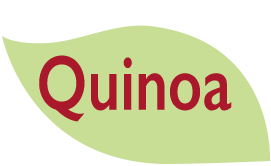

gluten-free pasta
A gluten-free but balanced diet
Gluten is not a fundamental protein in our diet. Eliminating gluten therefore does not create nutritional imbalances. The only negative note is that in eliminating gluten we eliminate fibres and proteins, which are present in good quantities in cereals. For this reason, those who have to replace cereal flours with gluten-free and starch-rich ones are advised to eat legumes, fruit and vegetables in order to compensate for the lack of vegetable fibres, which have a protective action on the intestine, they favour its functionality and modulate the glycemic load that derives from the presence of starches and sugars, very much present in gluten-free products.


Choosing GlutenFree Granoro means:
- Being free to eat with satisfaction
- Ensuring your body an adequate supply of important nutrients
- Being aware of consuming a safe product

A balanced recipe,
with rice flour, corn (white and yellow) and quinoa to give colour,
tenacity and flavour, without sacrificing the taste of pasta.
Properties and advantages of quinoa
Celiac disease is a chronic inflammation of the intestine, caused by the ingestion of foods containing gluten. All foods that contain gluten are based on wheat (durum wheat, bread wheat, barley, emmer,…).
According to statistical data, about 1% of the population (mostly women) suffers from this disorder. In Puglia, for example, the prevalence of people intolerant to gluten is 0.34% of the entire population. For this reason, food companies have decided to produce gluten-free foods.
Among the main substitute elements used to produce “Gluten-free” pasta, are: quinoa, corn, rice, buckwheat, amaranth, etc., which are naturally gluten-free pseudocereals.
Quinoa is native to America and South America. It has a high number of nutritional properties and is rich in nutritional supply. It is rich in: fiber, zinc, magnesium, phosphorus, omega-6, etc.
The fiber content of quinoa is between 10 and 16 grams per 100 grams of uncooked quinoa, more specifically, the soluble fiber content for quinoa is equal to 1.5 g for every 100 grams of product, while cooked quinoa has a value equal to 2.8 grams of fiber.
One serving of cooked quinoa, about 185 grams, contains 222 calories.
For a 100-gram serving of cooked quinoa there are:
| Proprietà nutrizionali | Valori |
|---|
| Calories | 120 |
| Water | 72% |
| Proteins | 4,4 grams |
| Carbohydrates | 21,3 grams |
| Sugars | 0,9 grams |
| Fibers | 2,8 grams |
| Fats | 1,9 grams |
| Saturated fats | 0,23 grams |
| Monounsaturated fats | 0,53 grams |
| Polyunsaturated fats | 1,08 grams |
| Omega 3 | 0,09 grams |
| Omega 6 | 0,97 grams |
Quinoa is rich in α-linoleic acid (useful for the proper functioning of organs).
Quinoa may initially seem bitter, but this taste is the “fault” of the saponins, which have a bitter aftertaste, and for this reason they are eliminated through vigorous decortication, or when it is put in water, but actually, saponins have beneficial effects on health.
Another property of quinoa is the excellent supply of folate sources (a natural vitamin found in food).
Among the recognized advantages of consuming quinoa are:
– lowering blood sugar levels (cholesterol -26%, triglycerides -11%, sugars -10%), and it helps prevent the increase in type 2 diabetes;
– effective weight loss: quinoa proteins accelerate metabolism (giving a sense of satiety, thanks to fibers) and helps prevent the risk of obesity, with all the associated diseases;
– it is gluten-free: it is important to note that quinoa is a pseudocereal (suitable for people who are intolerant to gluten), and that is why it is used for the production of gluten-free foods;
– it is rich in all essential amino acids: in fact, for every 100 grams of cooked quinoa, there are about 4.5 grams of proteins;
– it has a low glycemic index: cooking 150 grams of quinoa, we have 25 grams of carbohydrates and therefore a GI = 13;
– it is rich in antioxidants: researchers recommend the use of quinoa for gluten-free products, as it has a high content of polyphenols;
– it is easily digestible: according to a study, it was noted that quinoa has a very low production of triglycerides, compared to other products, such as pasta and bread, always gluten-free.
Bibliography
Quinoa is rich in antioxidants: www.sciencedirect.com
The excellent nutritional properties of Quinoa: www.ncbi.nlm.nih.gov
Quinoa as a source of calcium: www.ncbi.nlm.nih.gov
Quinoa for diabetes: www.ncbi.nlm.nih.gov
Quinoa controls appetite: www.ncbi.nlm.nih.gov
Quinoa is easily digestible: www.ncbi.nlm.nih.gov
Quinoa is rich in fiber: www.scielo.br
Quinoa contains amino acids: www.fao.org
Glycemic index of Quinoa: www.glycemicindex.com
Quinoa improves metabolism 1: www.ncbi.nlm.nih.gov
Quinoa improves metabolism 2: www.ncbi.nlm.nih.gov

A conscious gluten-free choice
Look for the Ministry of Health logo on the package.
The ministerial logo is the guarantee of safety for the consumer. It indicates that the product is declared a gluten-free dietary product by the Ministry of Health.
Granoro Gluten-free pasta is included in the National Register of products intended for a special diet, therefore it can be dispensed free of charge to celiacs via the NHS.

